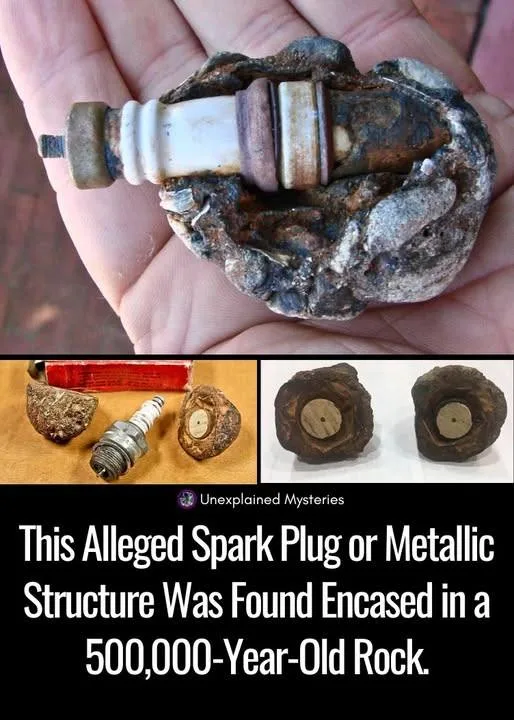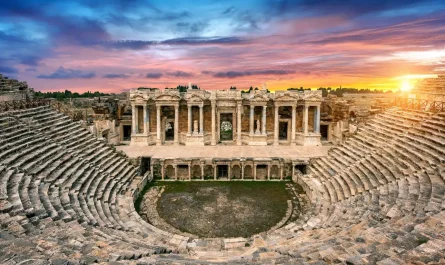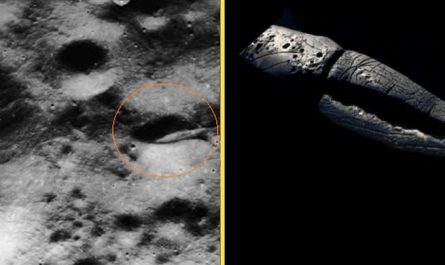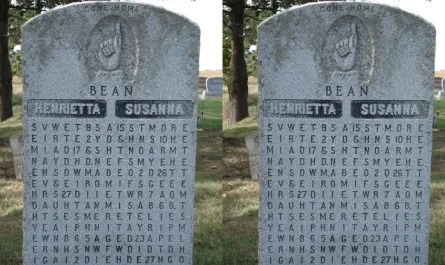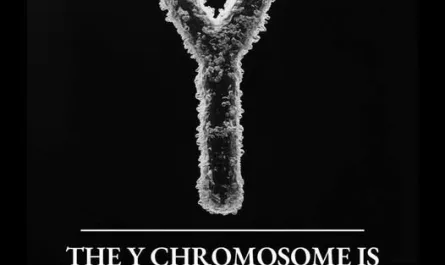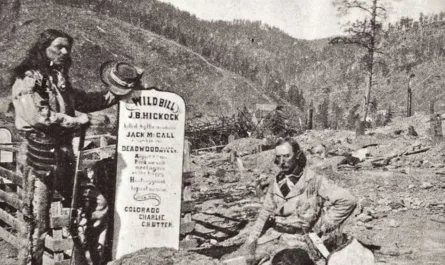Discovered on February 13, 1961, by Mike Mikesell, Wallace Lane, and Virginia Maxey near Olancha, California, in the Coso Mountains, the Coso Artifact is a curious object often cited as an out-of-place artifact (OOPART). Found by rock hounds searching for geodes to sell at their LM & V Rockhounds Gem and Gift Shop, the artifact—a metallic and ceramic cylinder resembling a spark plug encased in a hard concretion—has sparked debate between alternative history enthusiasts and skeptics. While some claim it proves ancient advanced civilizations or time travel, scientific analysis reveals a more mundane origin, challenging the notion of a 500,000-year-old encasement.
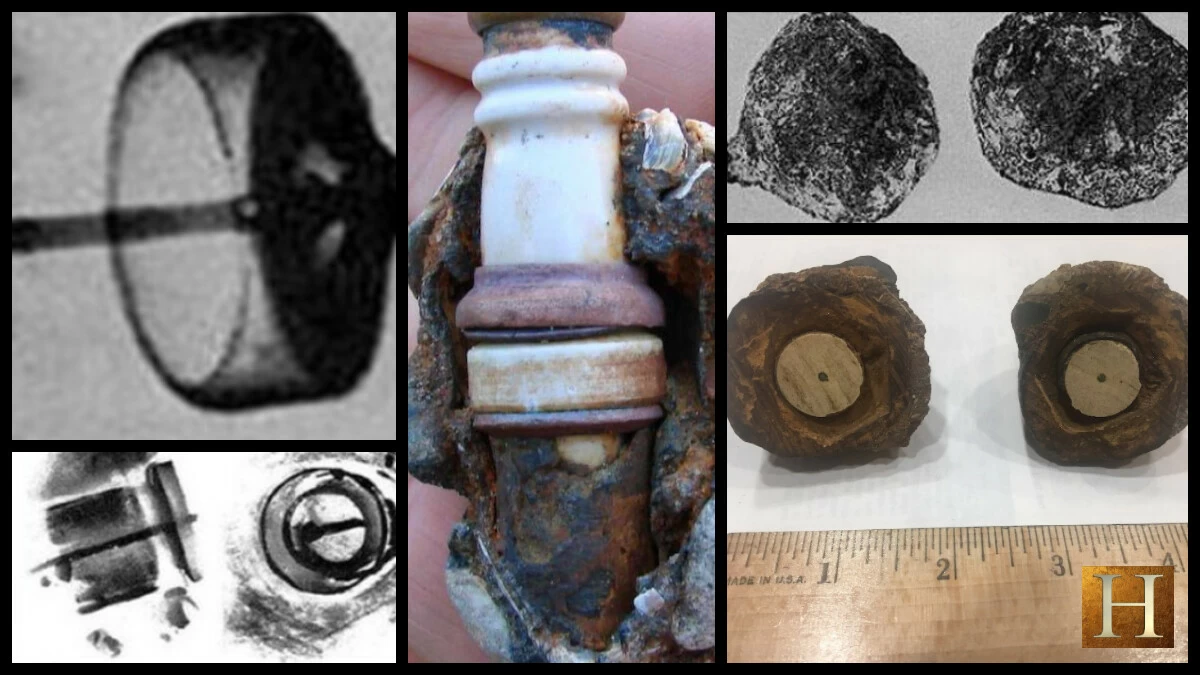
Discovery and Initial Claims
While prospecting 6 miles northeast of Olancha, near a 4,300-foot peak above Owens Lake, the trio collected what they thought was a geode. The next day, Mikesell cut it open, ruining a diamond-edged blade, and found not crystals but a porcelain-like cylinder with a 2-mm metal shaft, magnetic and bright, encased in a hexagonal sheath with corroded copper. The outer layer appeared encrusted with fossil shells, a nail, and a washer, leading to speculation of great age. Virginia Maxey claimed a geologist dated the concretion to at least 500,000 years, citing fossil shells, though the geologist’s identity and dating method were never verified.
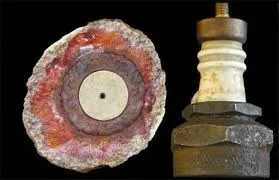
The artifact’s resemblance to a spark plug fueled wild theories. Creationists and ancient astronaut proponents, like those inspired by Zecharia Sitchin’s works (referenced in prior queries), suggested it evidenced advanced prehistoric civilizations, extraterrestrial visitors, or time travel. X-rays by creationist Ron Calais revealed a spring or helix at one end and a metal sheath, possibly copper, around the cylinder, adding to the mystery. The artifact, last known to be held by Wallace Lane until his presumed death, resurfaced in 2018 and is now displayed at the Pacific Science Center in Seattle as part of the “What Is Reality?” exhibit.
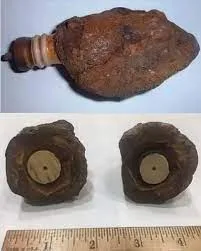
Scientific Analysis and Debunking
Skeptics, including Pierre Stromberg and Paul Heinrich, investigated the artifact, concluding it was a 1920s-era Champion spark plug, likely from a Ford Model T or Model A, encased in a rusty iron concretion, not a geode. Their 1999 analysis, aided by the Spark Plug Collectors of America, used X-rays to confirm its identity, noting the porcelain cylinder and metal pin matched early 20th-century designs. A 2018 inspection by a University of Washington geologist, prompted by Stromberg’s contact with a co-discoverer’s family, reaffirmed this, finding no evidence of 500,000-year-old fossil shells. The concretion, formed by rust and sediment, could develop in decades, not millennia, as iron artifacts rapidly encrust in mineral-rich environments.
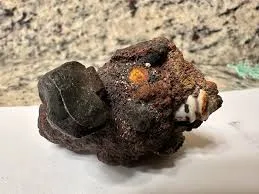
The 500,000-year age claim stems from a misinterpretation of the concretion as a geode and an unverified geologist’s letter in Desert Magazine (1961). Geodes, with chalcedonic silica shells and quartz interiors, differ from the artifact’s soft, clay-like matrix (Mohs hardness 3). No dating methods available in 1961 could reliably age concretions, and the fossil shell claim lacks substantiation. The nail and washer, likely modern debris, further undermine the ancient origin narrative.
Context and Cultural Impact
The Coso Artifact emerged during a surge of interest in OOPARTs, fueled by pseudoscientific works like Sitchin’s The Twelfth Planet. Its story, featured in INFO Journal (1969) and TV shows like In Search Of…, captivated audiences drawn to alternative histories. However, mainstream archaeology dismisses it as a misunderstanding of natural processes, akin to concretions around shipwrecks or tools, as noted by J.M. Cronyn. The artifact’s allure persists in fringe circles, reflecting humanity’s fascination with lost knowledge, much like the Dahomey Amazons’ use of cornrows for covert resistance or Newgrange’s ancient astronomy.

Lessons for Today
The Coso Artifact, while not evidence of ancient technology, offers valuable lessons:

Critical Inquiry: Its debunking highlights the need to question extraordinary claims with rigorous evidence, encouraging scientific literacy and skepticism in education.
Cultural Curiosity: Like the Amazons’ ingenuity, the artifact’s story reflects our drive to uncover hidden truths, inspiring exploration of genuine archaeological mysteries.

Preserving Context: Misinterpretations of the artifact underscore the importance of preserving cultural and scientific contexts, akin to protecting sites like San Basilio de Palenque.

A Modern Relic in Ancient Guise
Displayed at the Pacific Science Center, the Coso Artifact—likely a 1920s spark plug encased in a recent concretion—remains a curious footnote in archaeology. Its true story, rooted in natural processes rather than ancient aliens, reminds us to balance wonder with evidence. Like the glacial arrow or Newgrange’s solstice alignment, it invites us to explore the past critically, celebrating human ingenuity while grounding our narratives in reality.
